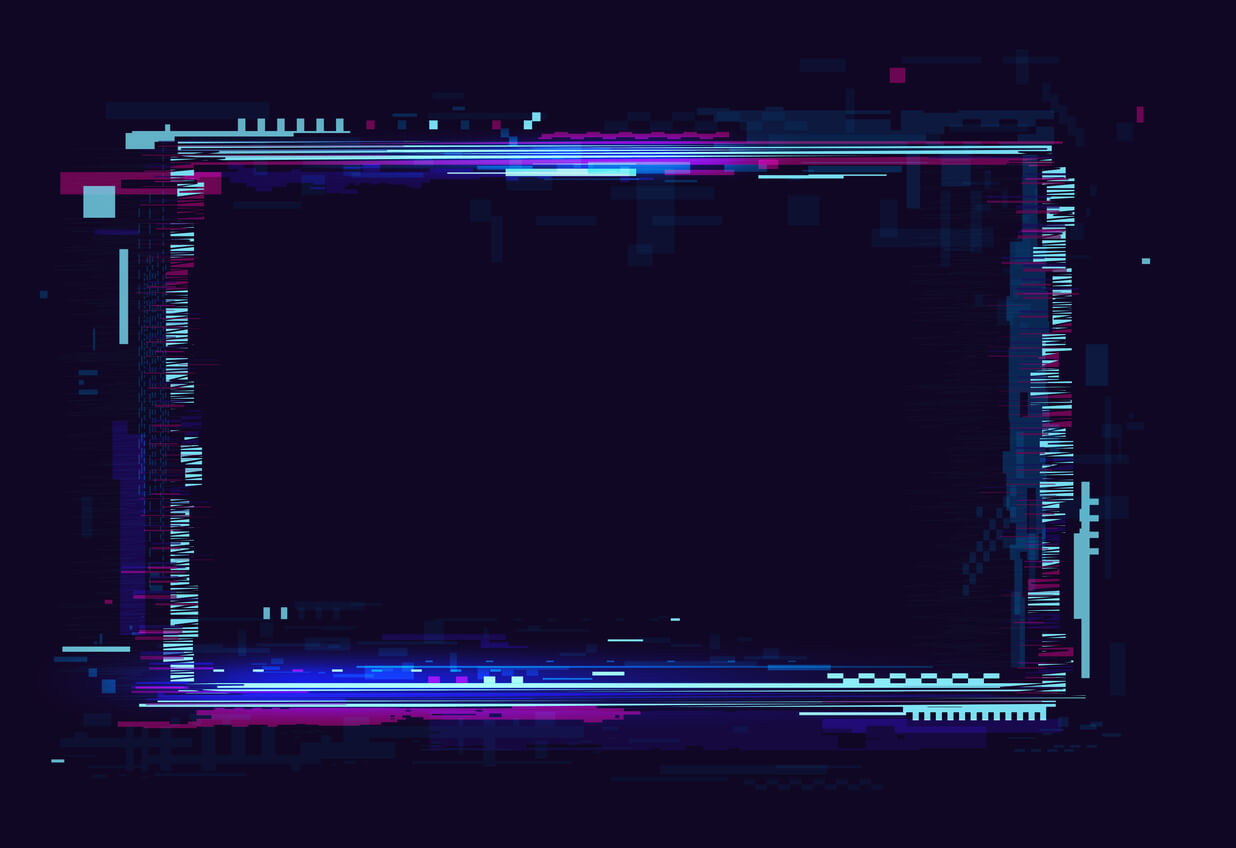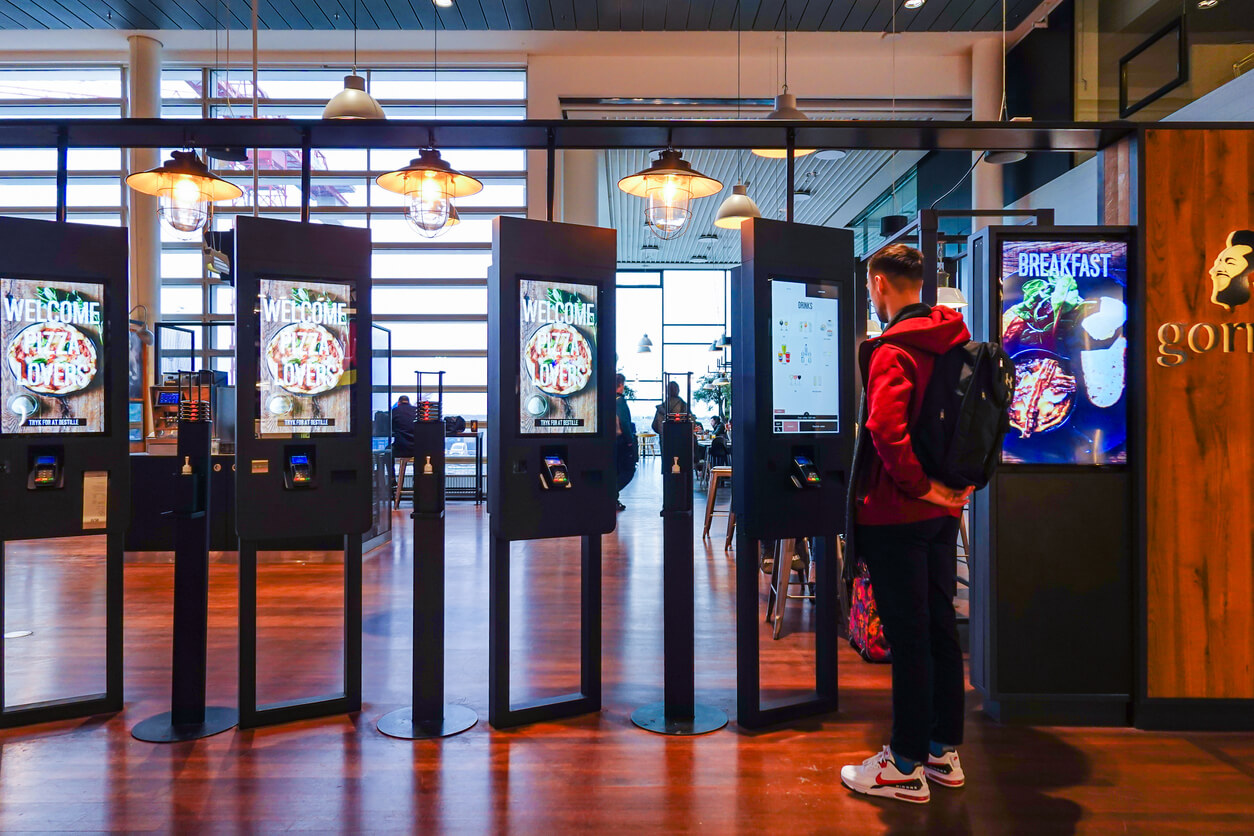“Sustainability is not enough.”
Sustainability is not enough is a common and valid sentiment. The sentiment stems from the need for more urgent action, less greenwashing, a broader definition, more circular and regenerative approaches, and more. Sustainability also needs to be paired with equity approaches. In corporate terms, bringing your DEI efforts together with solving sustainability challenges. In design terms it means championing Inclusive Design alongside designing for Sustainability Development goals.
Sustainability design? Designing for the donut
Ultimately, we need sustainability plus Inclusive Design or what Chris Golias, a Sr User Researcher at Google called Donut-centered Design (DCD). Based on economics professor Kate Raworth’s Donut Economics international bestselling book and work, DCD prioritizes design challenges around both social and environmental solutions.
What’s the urgency?
Sustainability is moving from a sideshow need, to a central priority in business. As the 2020s close in, (2030 is the big target for many) each year we seem to be getting a little more serious. In 2023, we’ve hit the inflection point call from the UN and business:
In March 2023, the UN Secretary-General warned: “The climate time bomb is ticking”. In issuing this final warning, the Secretary-General also said we need “everyone, everywhere, all at once” to tackle sustainability development goals (SDG).
A new IBM and industry report notes: “As they redesign their supply chain and manufacturing operations following the massive pandemic-driven disruptions, sustainability is no longer a standalone priority. Instead, executives are seizing this moment to integrate it into core operations. This shift is putting organizations on the fast track to the radical reinvention needed to achieve the quadruple bottom line: protecting people, planet, profit, and purpose.”
IBM and The Consumer Goods Forum (CGF) of 1,800 consumer goods executives across 23 countries (2023).
Donut economics comes to Service Design and UX via Inclusive Design and Sustainable Interaction Design. Like the need to bake inclusion and equity into product and service development, by companies like Google, designing for the donut offers the new balance. No longer can design teams work on sustainability (staying within outer planetary limits) without factoring in social impact (staying within inner boundaries of social harm). Even the US government is embracing the priority by making Environmental Justice central to government initiatives. Amsterdam in 2021 was the first city to embrace the Donut Economics call to action, bringing the city of Amsterdam into a 21st century resilience model.
Design for Sustainable Equity
Just like we are learning to quickly embrace AI into our workflows, we need to quickly learn sustainability design or Donut centered Design.
In Amsterdam on May 10th? Frank Spillers will teach a live workshop on Donut Centered Design, including using ChatGPT in class activities. In addition he will discuss how AI can help solve sustainability design challenges.
In this month’s UX Inner Circle we design with the Donut model with Sustainable Interaction Design








